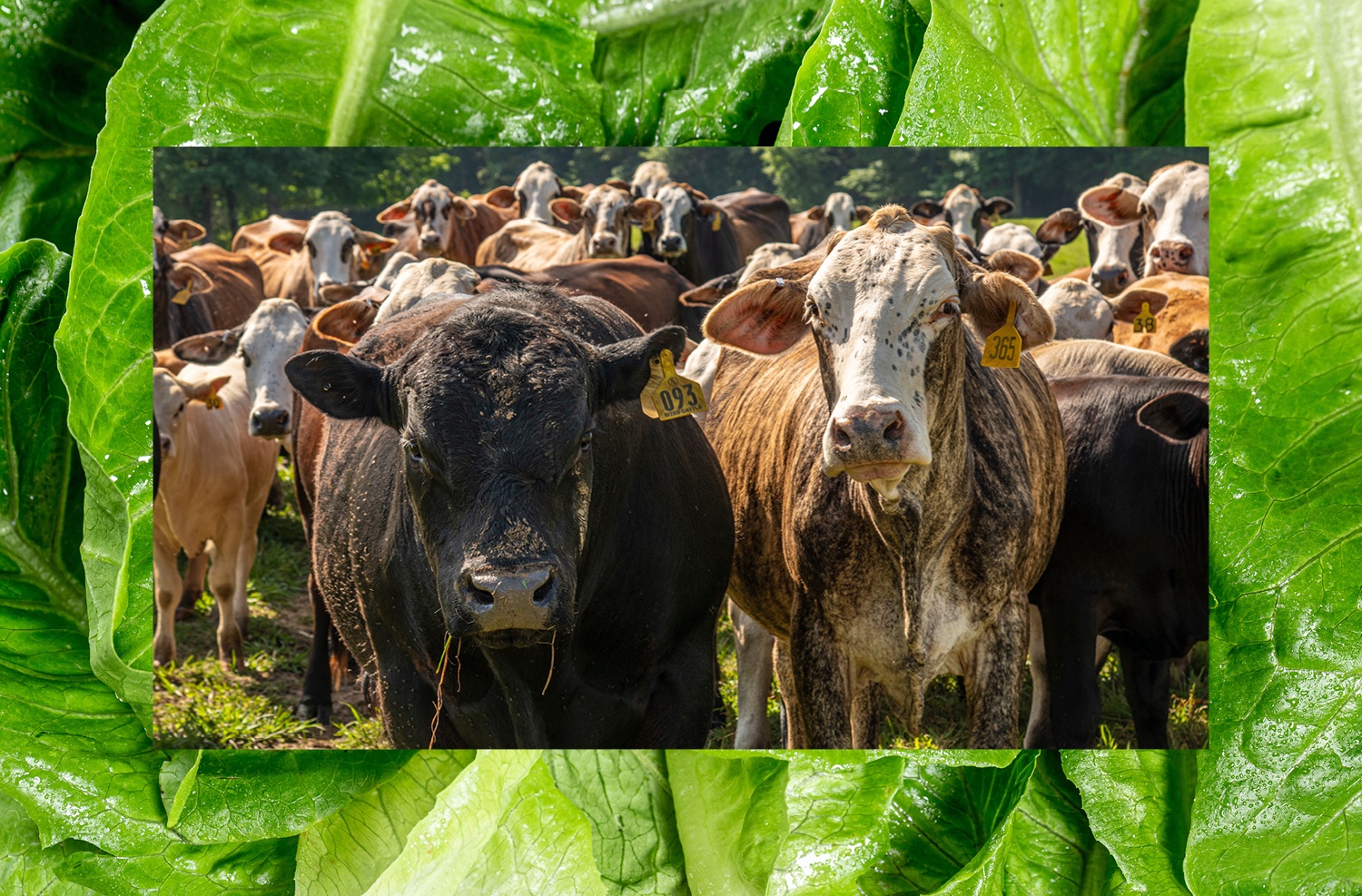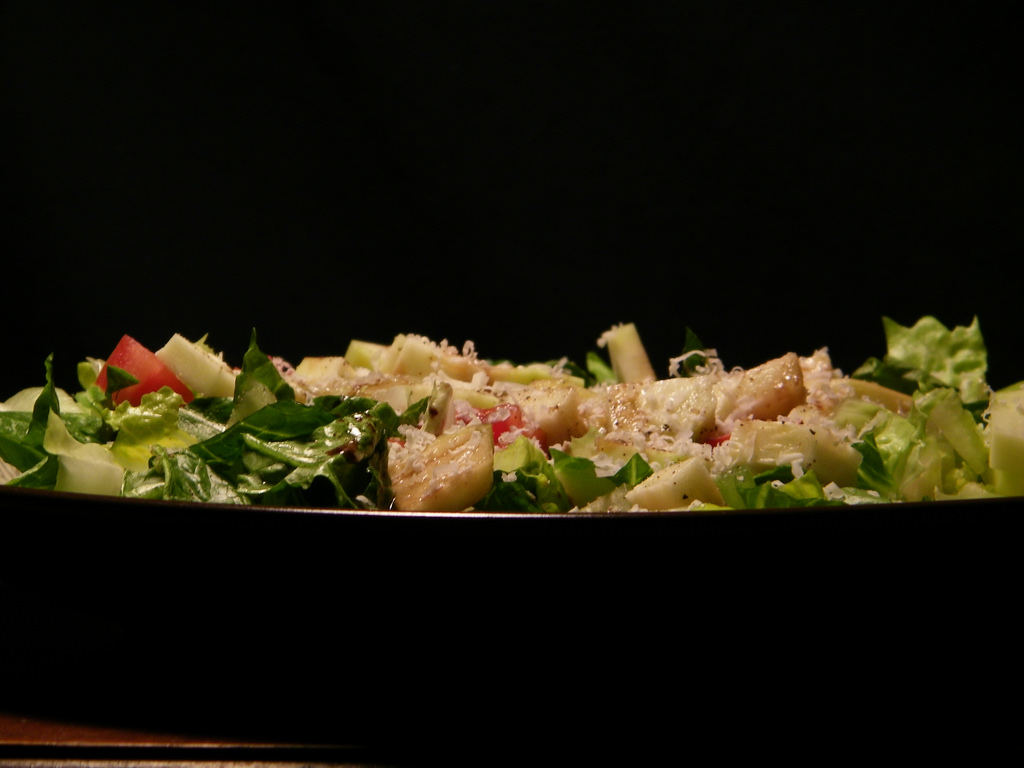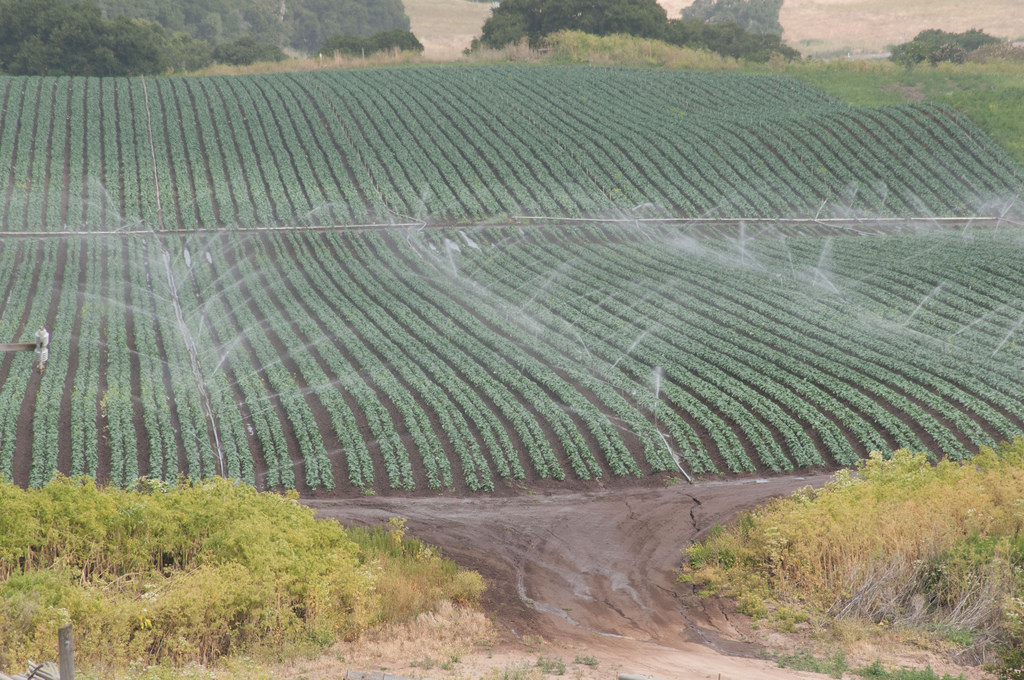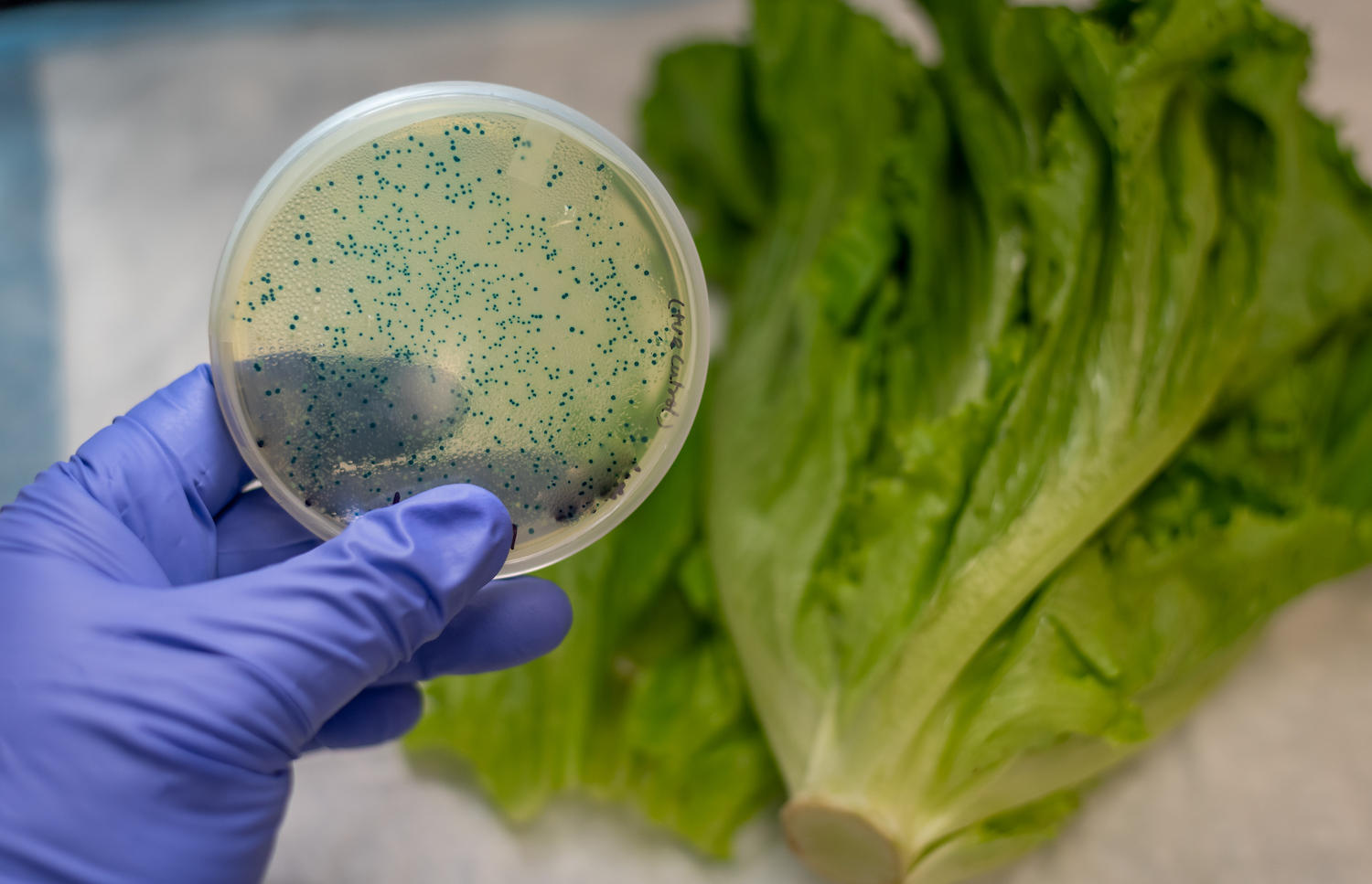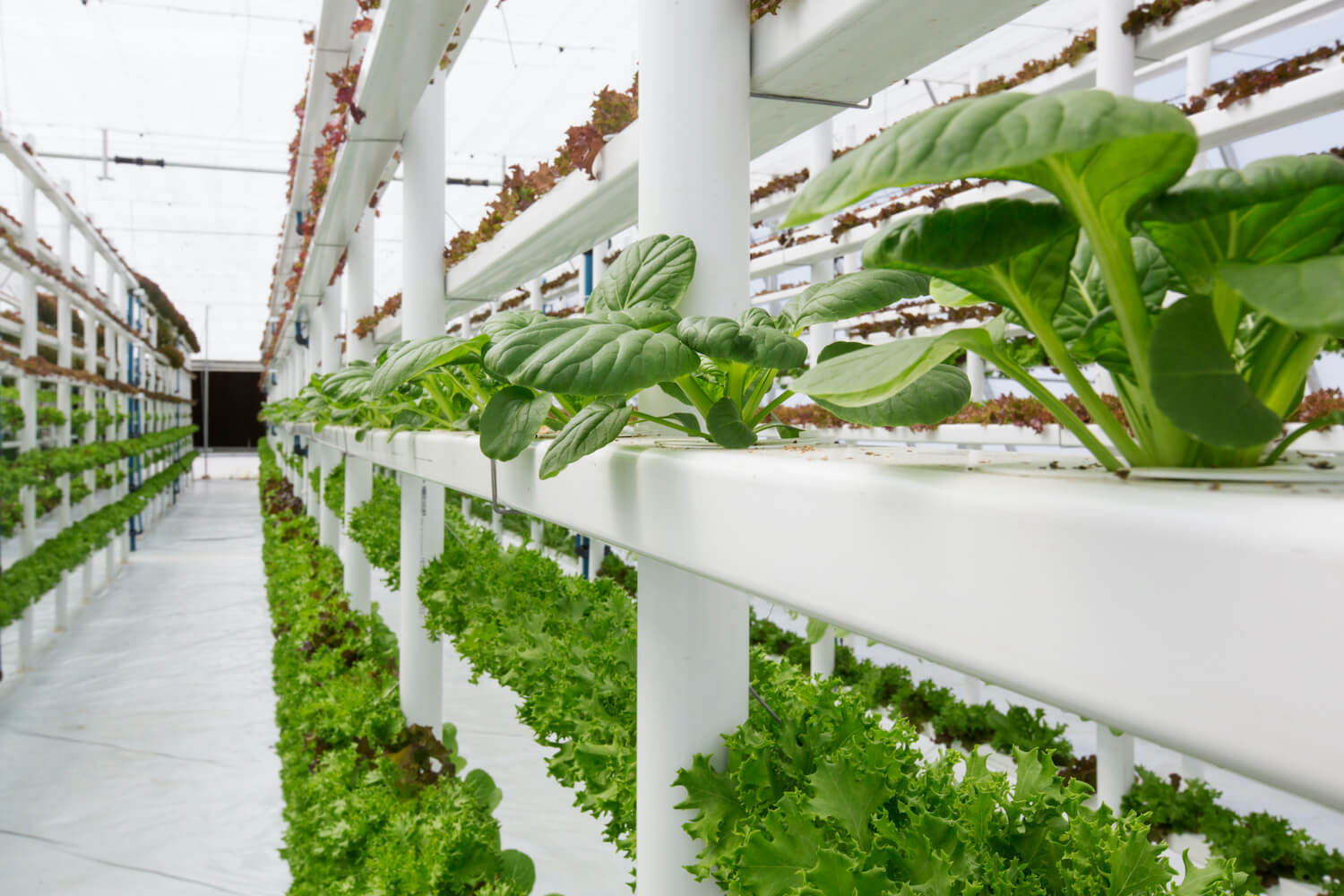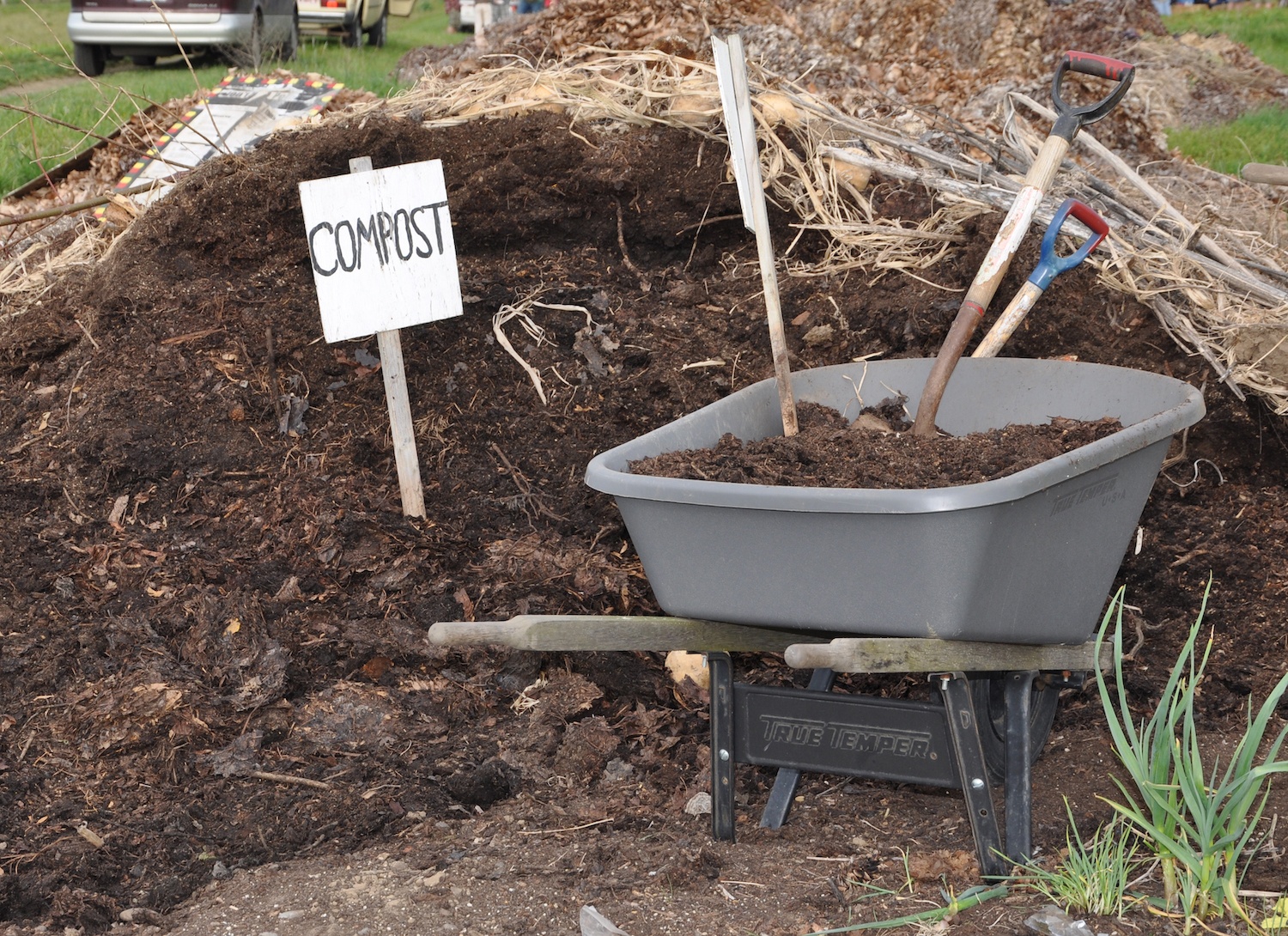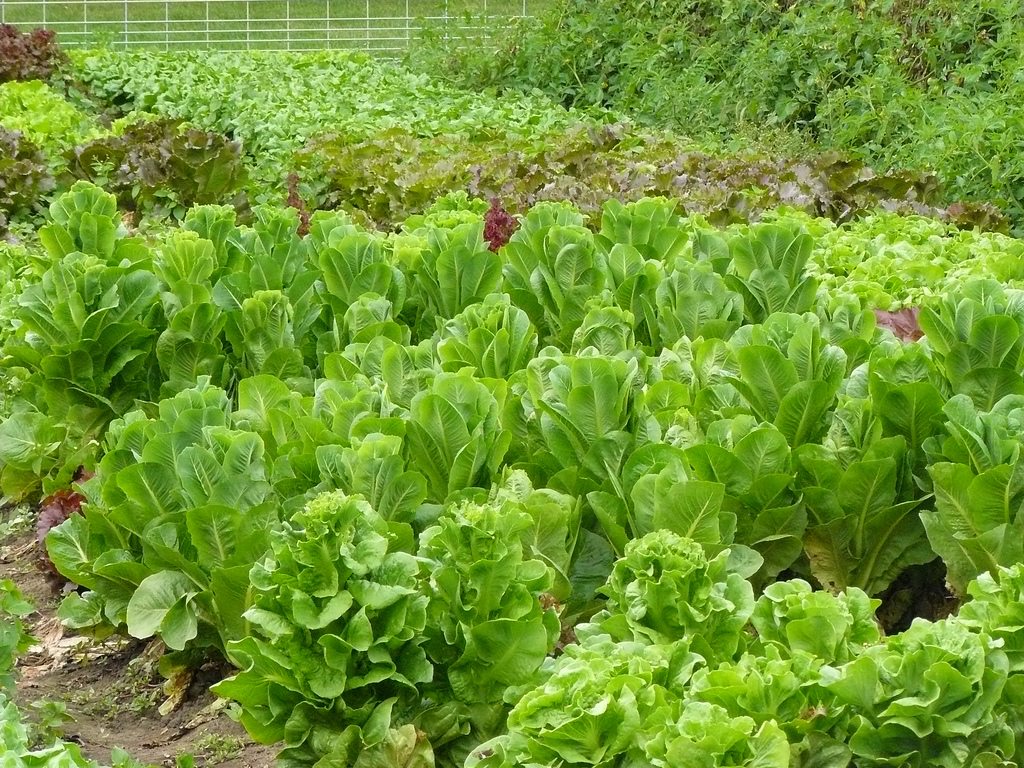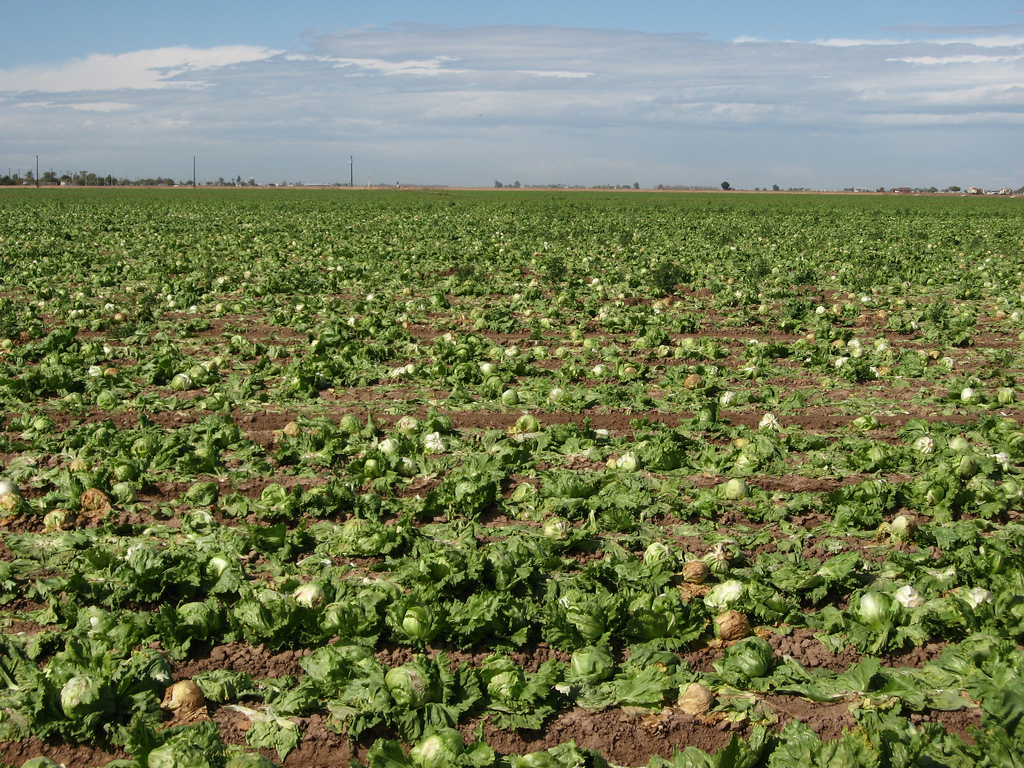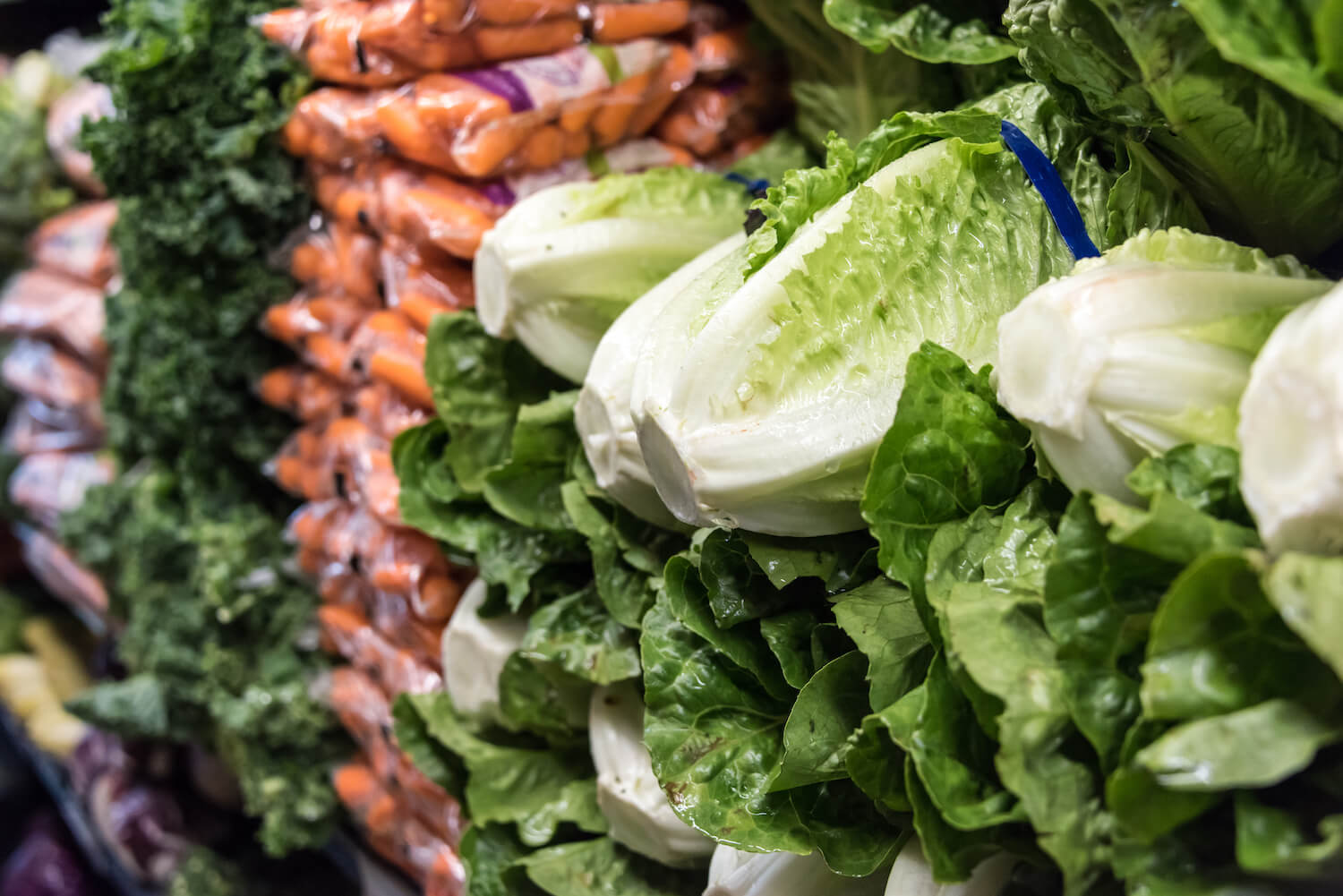
iStock /Juanmonino
“Canada’s making a clear statement there”: As the U.S. continues to deal with leafy green E. coli outbreaks, our northern neighbors are taking a stand.
Beginning this week, leafy greens growers in America’s Salad Bowl will have a much harder time shipping to Canada—after food safety officials up north imposed new, strict restrictions on romaine lettuce imports in an effort to stave off potential E. coli outbreaks this fall.
Last week, the Canadian Food Inspection Agency announced that it would effectively ban imports of romaine sourced from major growing regions in the Salinas Valley, unless growers could certify through lab testing that their shipments had “below-detectable levels of E. coli.” The rules took effect on Wednesday and are scheduled to run through the end of the year. Officials said the move was prompted by the numerous E. coli outbreaks linked to U.S.-grown romaine over the past few years.
“From 2016 to 2019, romaine lettuce from California was linked to outbreaks of E. coli illnesses in the USA and Canada,” the announcement read. “To mitigate risk in the event of another outbreak this fall, the Canadian Food Inspection Agency is implementing temporary import measures aimed at preventing contaminated food from entering the marketplace.”
Some food safety experts weren’t surprised by the move, given just how frequently E. coli outbreaks have been traced back to romaine.
“From 2016 to 2019, romaine lettuce from California was linked to outbreaks of E. coli illnesses in the USA and Canada.”
“Canada gets most of its lettuce from [the U.S.],” said Bill Marler, a prominent food safety lawyer and publisher of Food Safety News. “So when we have outbreaks in the U.S., Canada usually has one, too.”
There were last fall’s E. coli outbreaks linked to romaine lettuce sourced from the Salinas Valley. Then there was the 2018 one. Then there was the 2017 one, which also included growers in Arizona and Mexico. Of course, E. coli is far from the only dangerous pathogen that regularly rips through our food system, and E. coli outbreaks have also been traced back to other food items, from other regions, at other times of the year. However, Marler suspected that Canada’s move specifically targeting romaine harvested from Salinas in the fall was the result of getting “whacked” by these particular imports one too many times.
The new requirements may also suggest that Canada is raising doubts about the ability of American leafy greens growers to prevent foodborne illness outbreaks, said Angela Anandappa, executive director of food safety non-profit Alliance for Advanced Sanitation.
“This is a little radical for Canada to do,” she said. Anandappa interprets the restrictions as saying: “We have lost trust in your ability to produce this kind of product.”
“Canada’s making a clear statement there,” she added.
The move’s short notice took growers by surprise, said Trevor Suslow, extension research specialist at the University of California, Davis, who works with farms on food safety issues. In fact, he doubted that many farms would be able to meet the high testing requirements outlined in the new rule—which requires that they take and test 60 samples from every truckload of romaine lettuce products, including mixed salad bags.
The move could indirectly encourage producers to take greater precautions along the growing process.
In response to the move, California Leafy Greens Marketing Agreement—a voluntary program composed of major growers who commit to food safety standards and audits—indicated that it might lead to bottlenecks in leafy green supply chains. After all, this is one of America’s top produce exports to Canada, which imported $333 million worth of lettuce in 2018, according to the Department of Agriculture.
“The measures required in these new restrictions for post-harvest testing are not achievable on an industry-wide basis in the timeframe provided,” the marketing group wrote in a statement. It also suggested that industry groups and government officials were working behind the scenes “to resolve this situation to the benefit of all parties.” (California Leafy Greens Marketing Agreement declined a request for more information.)
The one point everyone I spoke with agreed on was that testing alone doesn’t safer lettuce make. While it can help trace outbreak sources, and minimize the number of people who get sick from recalled products, it doesn’t directly address the root causes of contamination. For example, leafy greens farms are often located near livestock production, which can contaminate water used to irrigate lettuce. Down the line, contaminated water might also be used to wash and process lettuce before shipment. Then, at the consumer level—while cooking lettuce with heat may kill any potential pathogens—lettuce is typically eaten raw.
Having said that, Marler believes the move could indirectly encourage producers to take greater precautions along the growing process.
“If [producers] want to continue to sell products from Salinas to Canada, they’re going to have to play by the rules,” he said. “And I think that might well be a net benefit to food safety in the U.S.”

